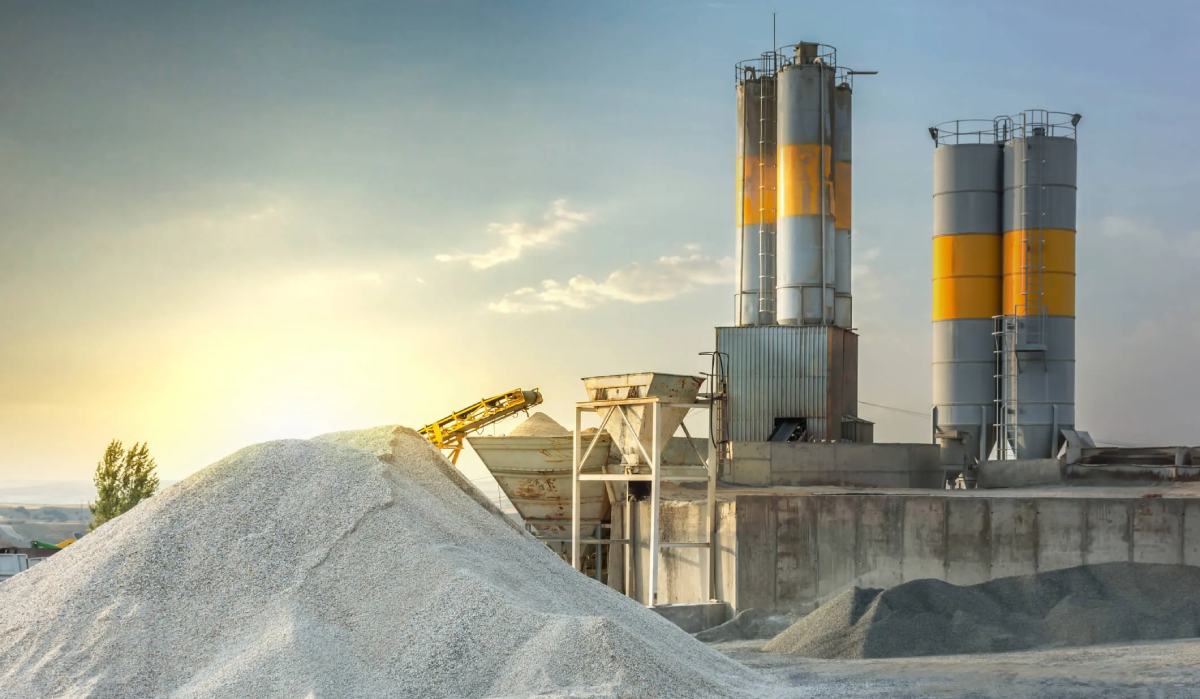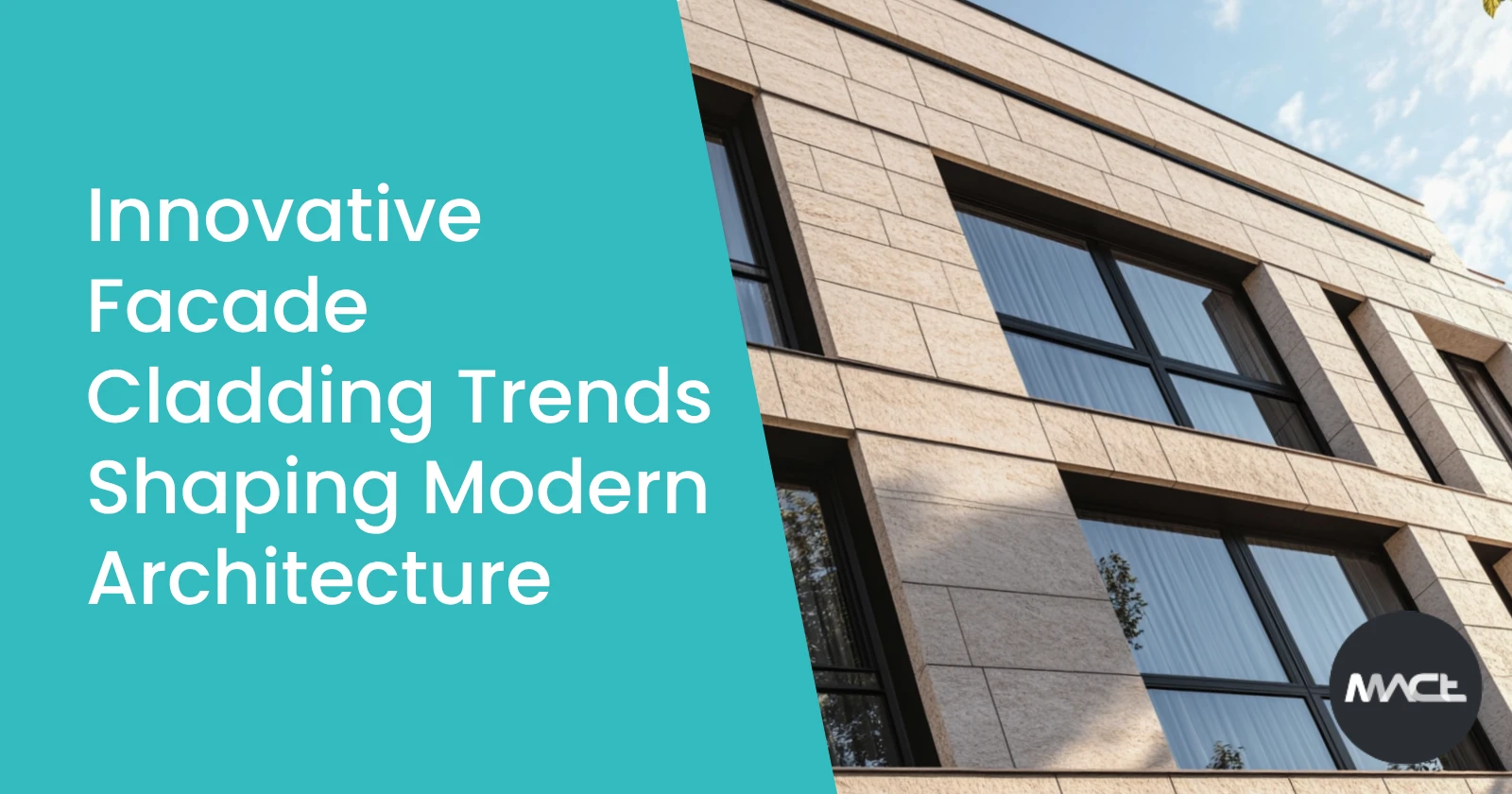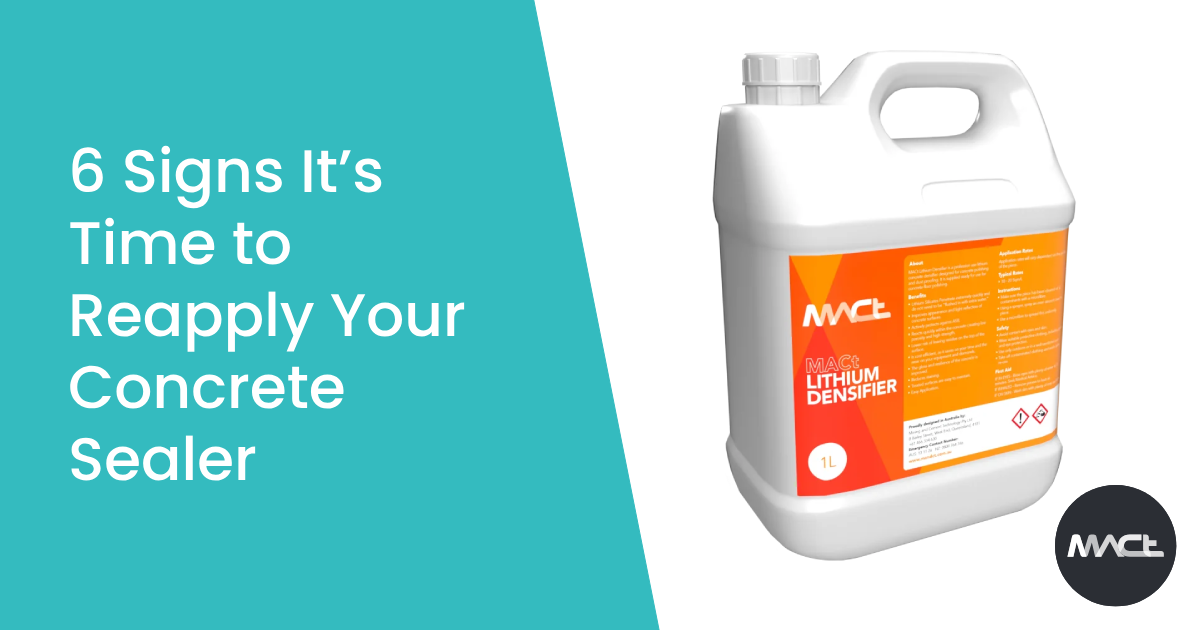At MACt, we understand the precision and care required to manufacture Glass Fibre Reinforced Concrete (GFRC) that not only meets but exceeds industry standards. Through our extensive experience and dedication to quality, we’ve identified seven critical mistakes that can compromise the integrity of GFRC products. Here’s what every manufacturer needs to avoid:
1. Inappropriate Binder Use
2. Mismanagement of Fibre Content
3. Incorrect Aggregate Choices
4. Inaccurate Mixing Techniques
5. Using Expired or Contaminated Materials
6. Exposure to Extreme Conditions
7. Neglecting the Curing Process
MACt’s Commitment to Excellence in GFRC Manufacturing

Understanding and avoiding these seven mistakes are fundamental to producing high-quality GFRC. At MACt, we not only follow these principles in our manufacturing processes but also teach them in our comprehensive GFRC 2-day training course held in Brisbane. By combining our professional GFRC product range with expert-led training, we equip manufacturers with the knowledge and tools to excel in GFRC production, ensuring safety, durability, and aesthetic excellence in every project.





